Paul Gilbert shares 10 lessons learned from a life of guitar playing
Hair metal reflections, taking up tutoring and avoiding "wanky vibrato" with the six-string ninja

Introduction
A new album from renowned fretboard incendiary Paul Gilbert is always an event, and his latest release, I Can Destroy, is no exception.
From the opening track, Everybody Use Your Goddamn Turn Signal, you know you’re in for the usual adroit blend of humour and stunning six-string agility.
For the past 18 months or so, Paul has relaxed his gig schedule, choosing to spend time with his young family. But this hasn’t meant that he has put his guitar to one side - far from it. He remains an enthusiastic online teacher with an impressive roster of students, eager to enhance their technique with wise words from an acknowledged master.
Paul's already shared his top 5 tips for guitarists with us, but here, he delves a little more into the knowledge he's gained over decades of guitar excess.
We begin our conversation by reminiscing about how rock music has changed over the years…
Don't Miss
Paul Gilbert: I wrote my best guitar solo on a kazoo
Paul Gilbert: the 10 records that changed my life
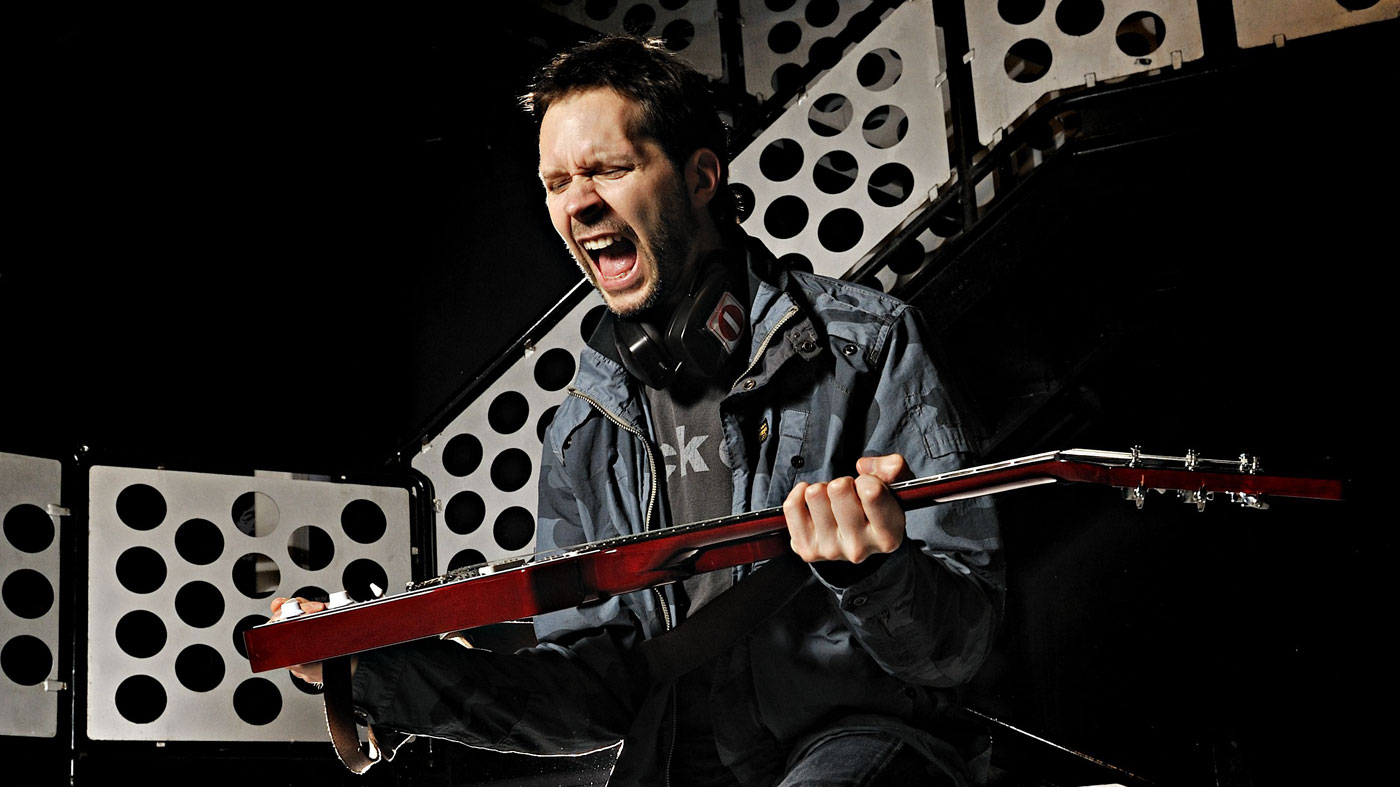
1. Hair today, gone tomorrow
“I would say hair isn’t as much a requirement as it used to be. We used to have to hire extra personnel on the road just to do the hair of the whole band.
We used to have to hire extra personnel on the road just to do the hair of the whole band
“When I first moved to Los Angeles, I remember walking into the Guitar Center on Sunset Boulevard and the salesman had the most amazing hair. He was like a lion! He had the most amazing mane of hair.
“I wanted to have big hair, but I was nowhere near what this guy had accomplished and I thought, ‘Man, I’ve got some work to do.’ Eventually, I grew it long enough, but it’s hard to maintain.
“Then grunge came out. Suddenly, you didn’t have to wear tight Spandex any more. You didn’t have to be all sparkly.”
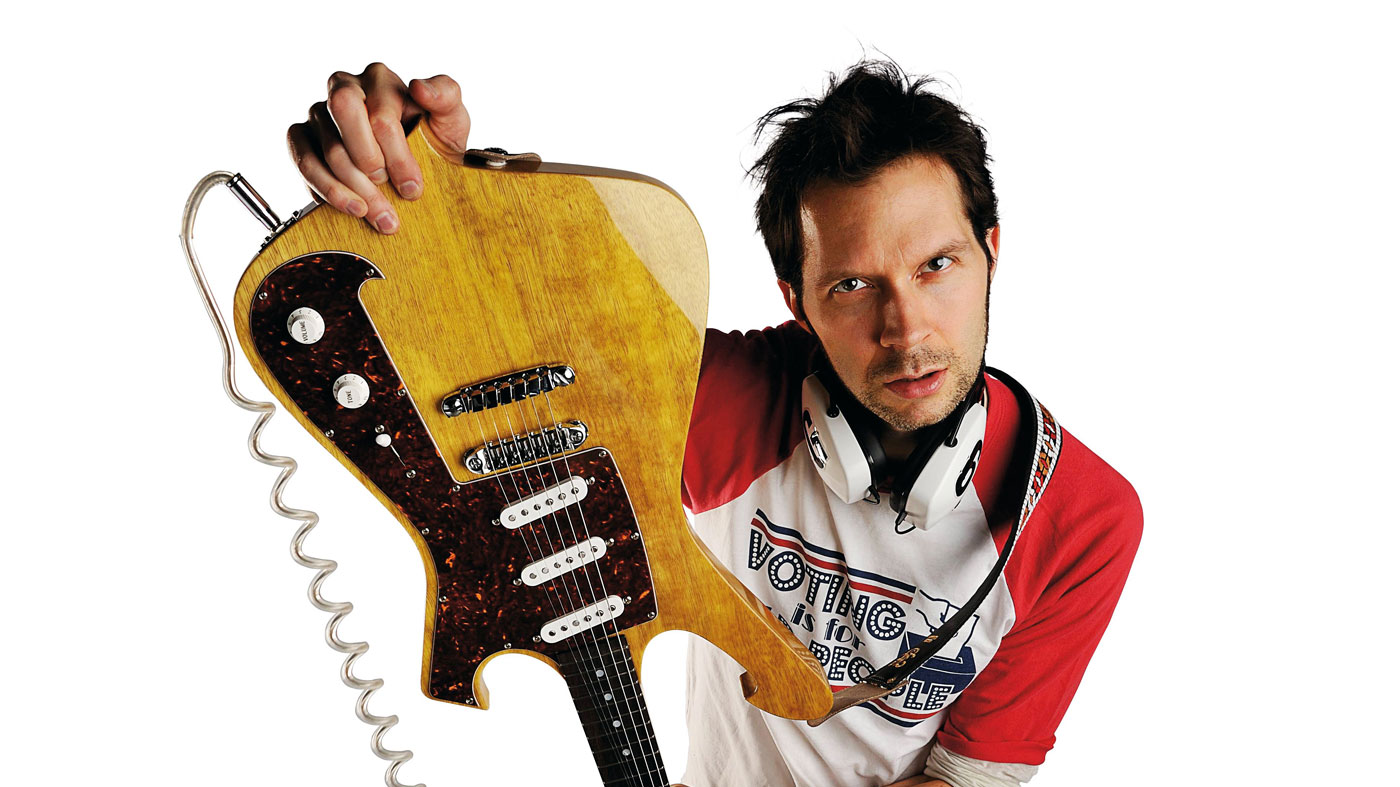
2. Resist the rise of the machines
“As a teenager, I was focused on finding human beings to play with, which was a challenge in a small town.
Now it’s so easy to play without people. You go online and put on a backing track in A on YouTube
“Where do you find a world-class drummer and a singer that can hit Rob Halford notes? But the good thing about it was you ended up playing with people and that develops a certain kind of musical strength.
“I think one of the challenges for people playing now is that it’s so easy to play without people. You go online and put on a backing track in A on YouTube and you’re stood there jamming. I couldn’t do that when I was a kid and so I had to find people and that built a certain kind of muscle that’s valuable.”
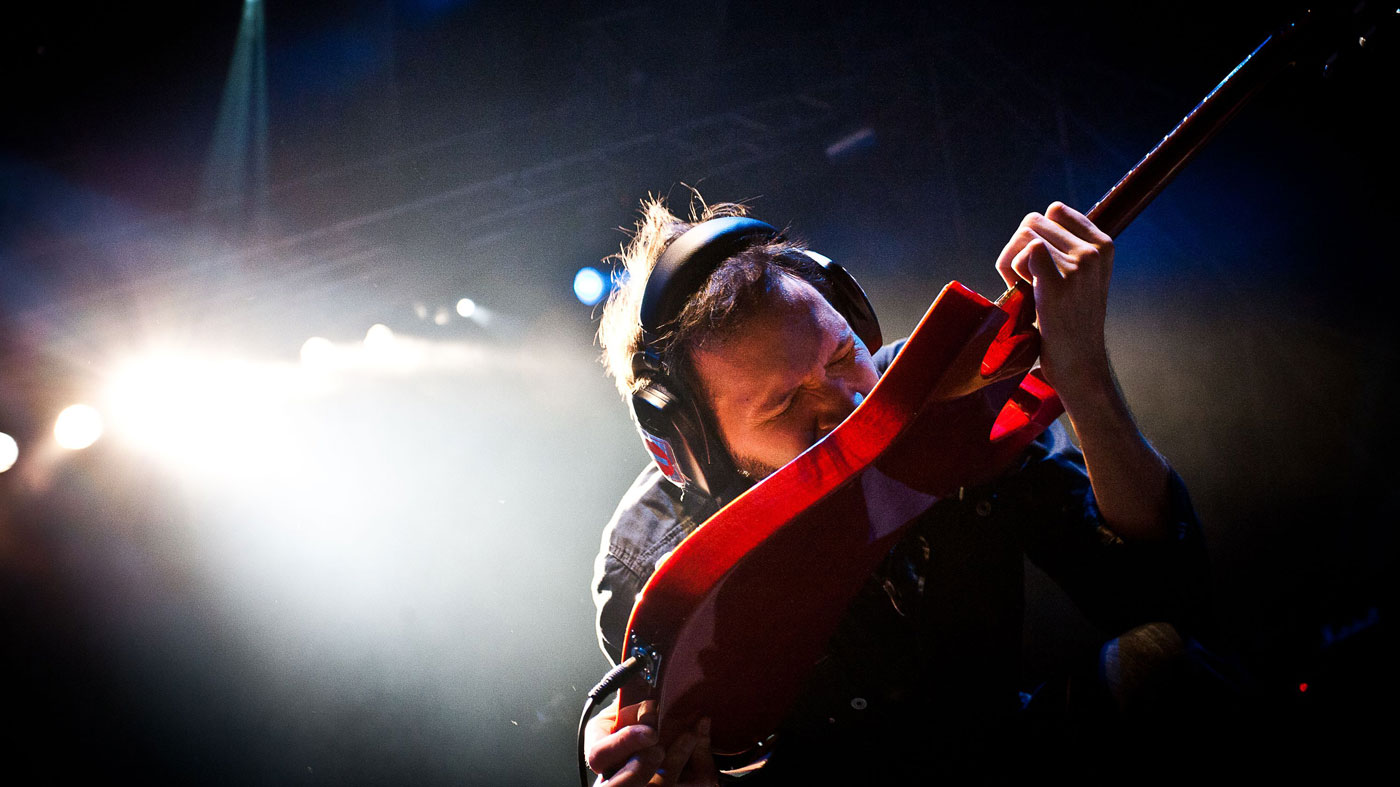
3. Scour local ads for bargains
“I saved up my money from mowing the lawn and I had $150.
A used Les Paul was really my first electric, which was an amazing luxury
“A used Gibson Les Paul showed up in the newspaper and my parents saw it and said, ‘Well, if you want to we can kick in the other $150 for Christmas.’ I said, ‘Yeah, absolutely.’ I hadn’t even seen the guitar, but my uncle happened to be in town. He’s a great guitar player, so he went and checked it out. He said, ‘Yep. It’s a good one.’
“So, that was really my first electric, which was an amazing luxury. It also probably put a curve in my spine, the thing was so heavy.”

4. Use gear that helps you play
“As far as pedals are concerned, the test for me is if I step on it, do I seem to be playing better?
They should just make a placebo box. You hit and feel like, 'I’m just playing better now'
“They should just make a placebo box. It doesn’t do anything, but it looks cool. It’s got some knobs. You hit it and nothing happens but you just feel like, ‘I’m just playing better now.’
“The thing with guitar - as opposed to playing a flute or something that’s purely an acoustic instrument - is that it changes the dynamics of how you can approach the instrument so much that the player really has to adapt to it, and it can be for good or for evil depending on whether you’re ready for it.”
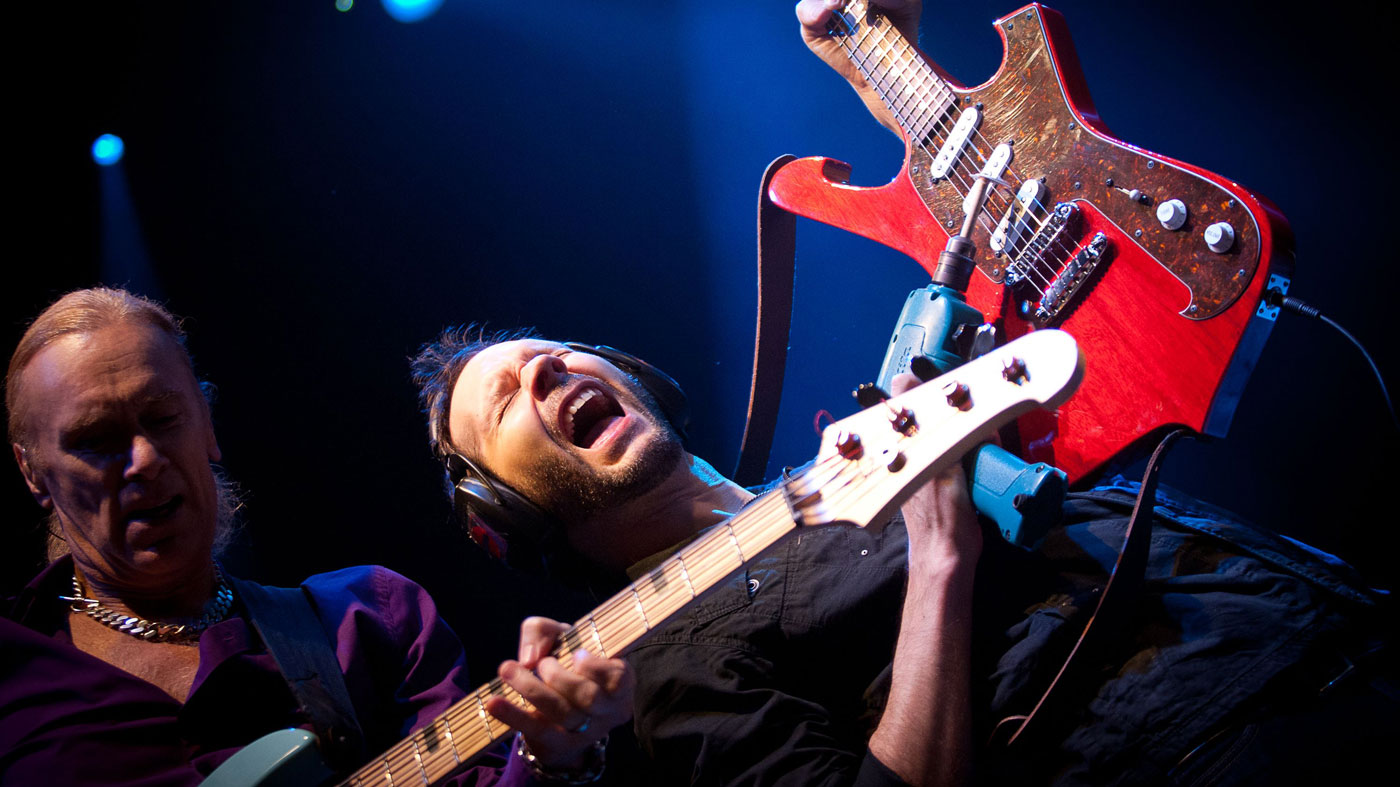
5. It's good to experiment with gear
“I’ve got a Kemper here that I just started messing around with. It’s sounding pretty good, so I might take it out.
The one that’s really been a mainstay is the TC Electronic MojoMojo
“I haven’t tested it live yet, but I’m optimistic, especially for any Mr Big stuff where I really need a lot of different sounds. It’s going to be great for that. But, typically, I just use a Marshall and some pedals.
“I’ll have a chorus pedal or a flanger or an echo, that kind of thing. But as far as specific pedals, the one that’s really been a mainstay is the TC Electronic MojoMojo. It’s really a normal [overdrive] pedal. There’s nothing unusual about it except it just sounds good.”
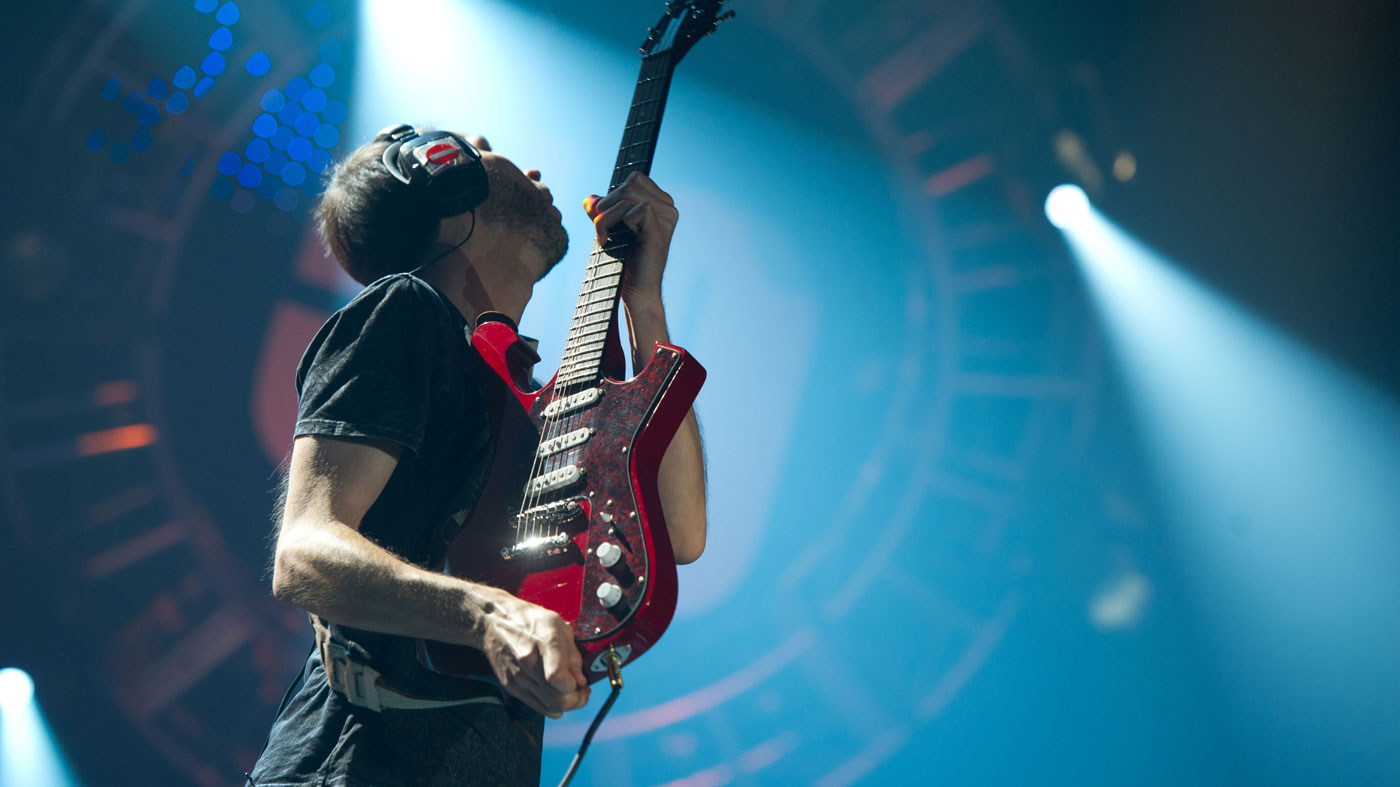
6. Sometimes the pupil becomes the teacher
“I’ve no idea how much my students practise. They only bring in their results, because I do most of my teaching on my online school.
Teaching’s a challenge for me. I’ve got some strengths and there’s other things where I go, ‘I’ve gotta research that.’
“They send me a video and I know how they play, but I don’t necessarily know how much practice they do in order to get there. There is really no other way around it. I mean, they’re working on bluesrock, on metal, on outside fusion stuff.
“It’s a challenge for me, because I’ve got my areas where I’ve got some strengths and there’s other things where I’ll look at a guy’s question and go, ‘I have no idea, I’ve gotta research that.’ It’s been very healthy for my own playing and knowledge.”
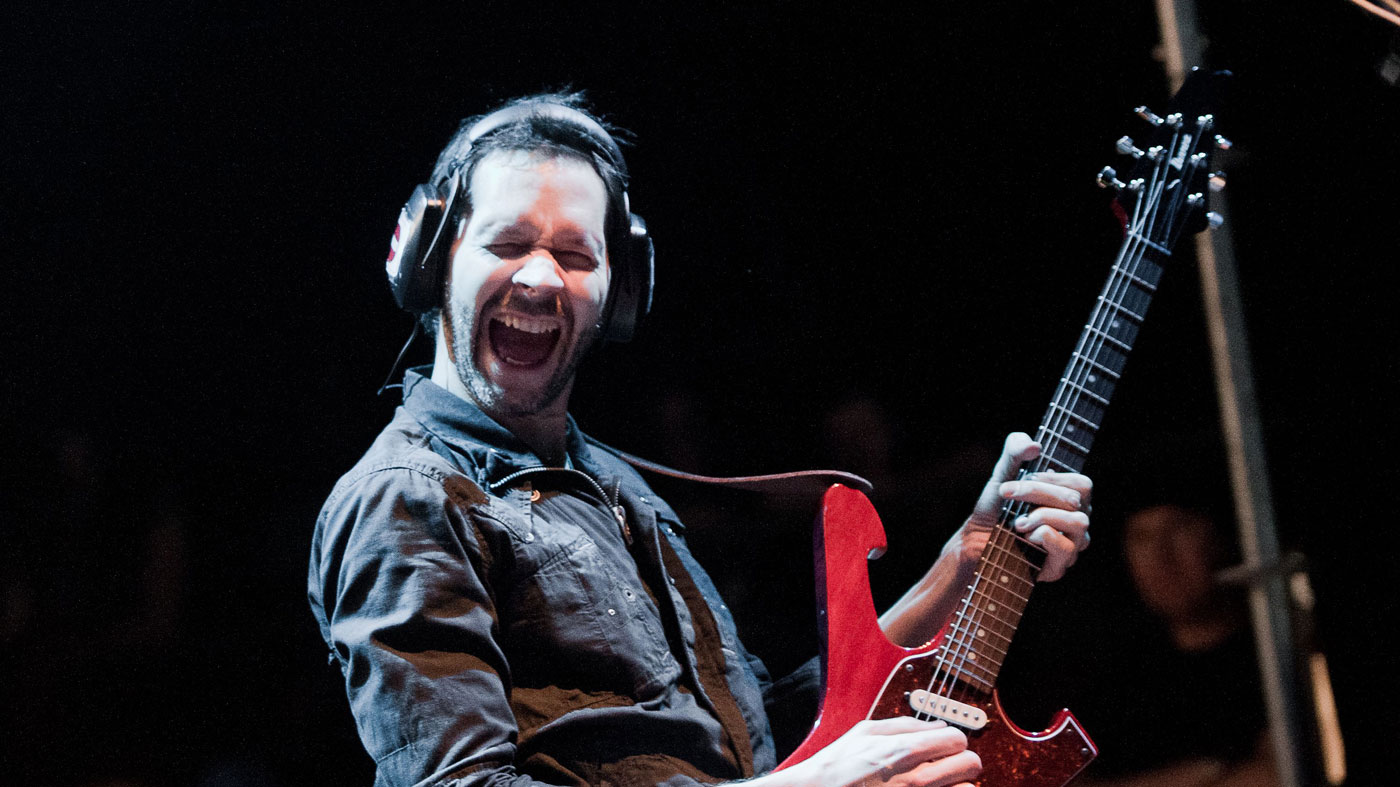
7. The old ways weren't always best
“I have this computer app called Amazing Slow Downer and I’ll go on YouTube and find isolated Van Halen tracks where you don’t have to listen through the drums and the vocals and the bass.
When I was a kid, you had the record and you had to put it on 16 [rpm] speed [to learn]
“You can put it into the app and slow it down and not change the pitch - you can figure out anything, it’s so easy. When I was a kid, you had the record and you had to put it on 16 [rpm] speed.
“As you get older, it’s always fun to say, ‘In my day, we had to walk through the snow for 17 miles to get to school…’ But in a way, it was like that. It built character, but I really appreciate the stuff that’s out now.”
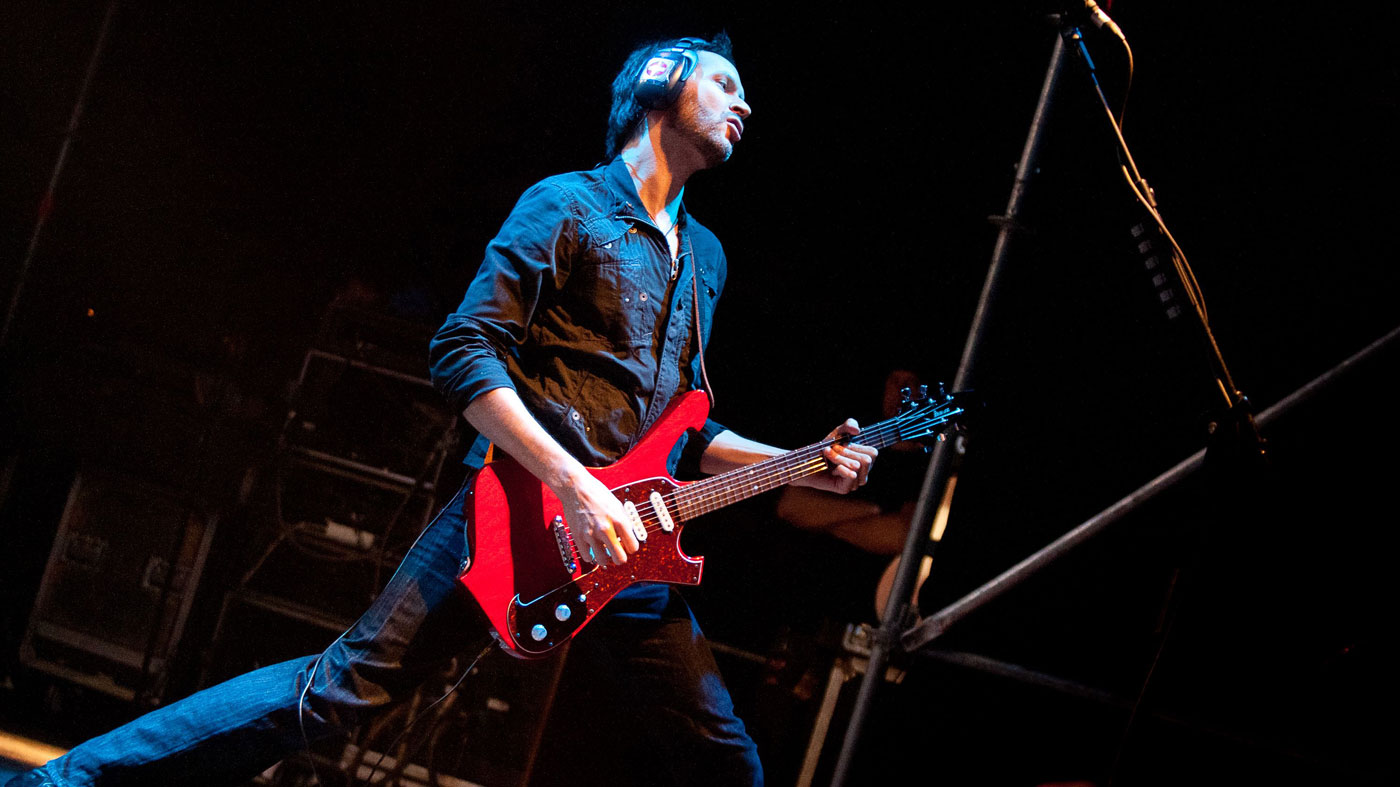
8. Apply the rule of thumb
“I’m still going back in time, because I still love basically what Hendrix invented and what Robin Trower, Frank Marino, Pat Travers and Eddie Van Halen refined and what sort of culminated in Yngwie.
I’ve got a poster of Hendrix and he’s got more thumb over the neck than he has fingers!
“When I think of Yngwie, I’m thinking 1983 or 1984. Since then, I love Eric Johnson and Ty Tabor, but I found that the style of playing that I am promoting and trying to get people to do often comes down to just hanging the thumb over the top of the neck.
“I’ve got a poster of Hendrix and he’s got more thumb over the neck than he has fingers!”
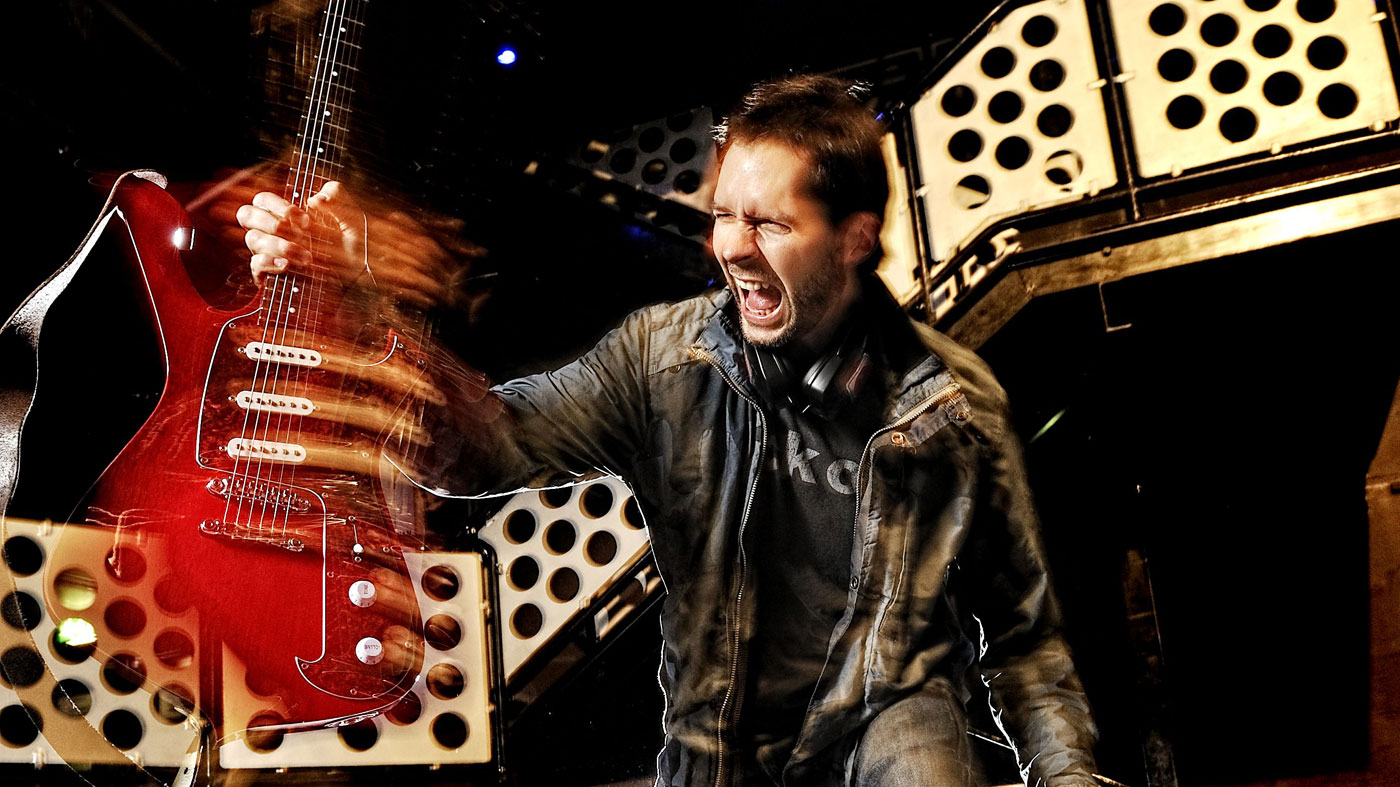
9. Keep a grip on your vibrato!
“You know, I’ll see people [with their straps] up here doing lots of chunky stuff and it seems all right. But as soon as you get vibrato involved, as soon as there’s any element of blues, it just doesn’t give you the right grip.
I don’t want my students to be cursed with wanky vibrato for the rest of their life
“I started teaching online four years ago, so I wasn’t paying attention to these details to quite this extent when I was teaching 20 years ago or whenever it was. But you know, when I see the people’s straps up here it’s like, ‘Oh, I’ve gotta help this person. I don’t want them to be cursed with wanky vibrato for the rest of their life.’”
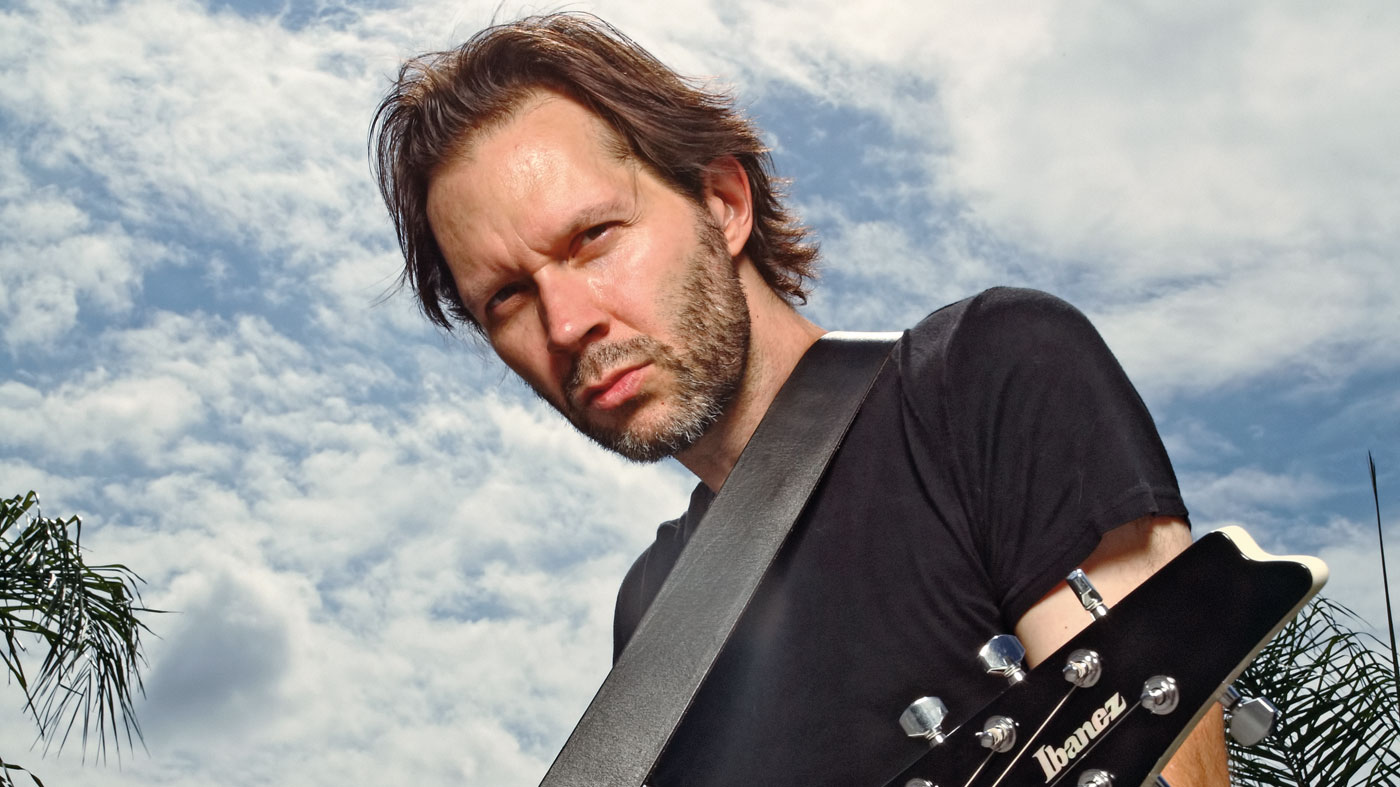
10. Acknowledge stylistic differences
“I’m known as a shredder. When I was 11 years old the ultimate beacon of guitar coolness was Jimmy Page doing the middle of Heartbreaker.
It’s important to let people be motivated, so I try not to squelch their enthusiasm if it’s just a stylistic difference
“The day I could do that I got what I wanted and it’s still one of the most challenging things for people to do. Not necessarily because it’s difficult, but because they’re trying to do sweep arpeggios or who knows what.
“I know it’s important to let people be motivated, so I try not to squelch their enthusiasm if it’s just a stylistic difference, but at the same time I can’t help but go, ‘If you wanna get some vibrato, get that thumb over the neck. Look at the Hendrix poster.’”
Paul Gilbert’s latest studio album, I Can Destroy, is available now via earMUSIC.
Don't Miss
Paul Gilbert: I wrote my best guitar solo on a kazoo
Paul Gilbert: the 10 records that changed my life

